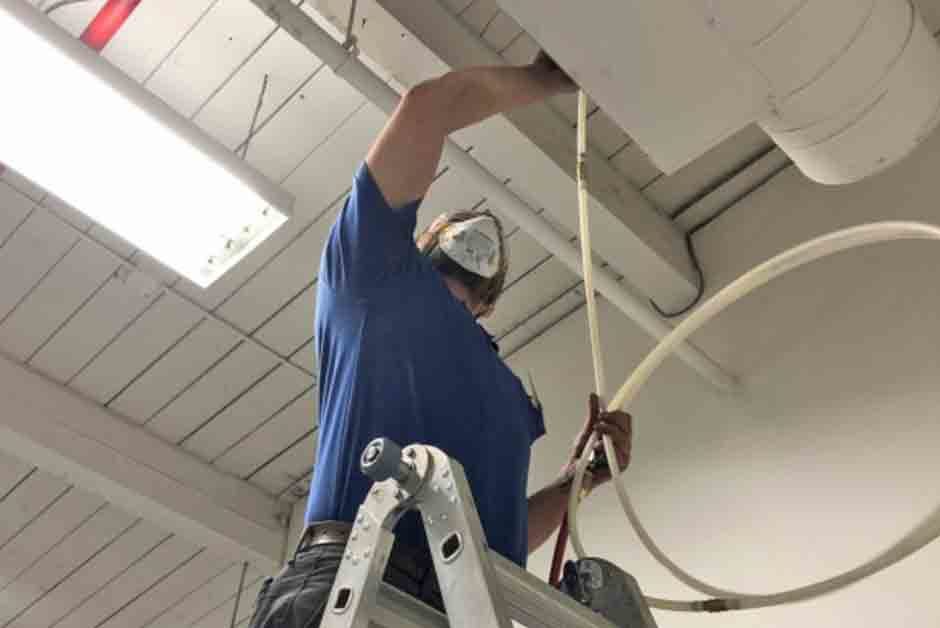
Plastic Closures | How To Choose According To The Type of Packaging
Plastic closures, seemingly insignificant, serve an essential purpose in the packaging industry. There is a wide array of plastic closures available to meet the packaging needs of many different items, from beverages to pharmaceuticals, and from preserving freshness to preventing tampering. To help you choose the best plastic closure for your packaging needs, we’ll go over the ins and outs of each type.
Table of Contents
Understanding Plastic Closures
Plastic closures, also known as plastic caps, lids, or plugs, are used to seal various types of containers such as bottles, jars, and tubes. They are designed to provide a secure seal, preventing leakage, contamination, and tampering. Plastic closures are made from different types of plastics, including polyethylene (PE), polypropylene (PP), and polystyrene (PS), each offering unique properties such as flexibility, durability, and chemical resistance.
Types of Plastic Closures
Alpha Tamper-Evident Closures
These closures feature tamper-evident bands or seals, providing visual indication if the package has been opened or tampered with. They are commonly used in food, beverage, and pharmaceutical packaging to ensure product safety and integrity.
Alpha Vent Closures
Designed with venting features, these closures allow for the release of built-up pressure, particularly in carbonated beverage containers. They help maintain product freshness and prevent bottles from bursting due to pressure buildup.
Spring-Loaded Applicator Closures
These closures are equipped with spring mechanisms, making them suitable for dispensing liquids or semi-liquids with precision. They are commonly found in squeeze bottles for condiments, sauces, and personal care products.
Apollo CRC Lid
The Child-Resistant Closure (CRC) design of Apollo lids ensures safety by requiring a specific combination of actions to open, making them ideal for packaging hazardous substances or products intended for adult use only.
BHP Lid
BHP (Beverage Heat Panel) lids are engineered to withstand high temperatures, making them suitable for hot-fill applications such as sauces, soups, and beverages. These plastic lids offer excellent heat resistance without compromising seal integrity.
CRC Tamper-Evident Closures
Similar to Alpha Tamper-Evident Closures, CRC closures incorporate child-resistant features along with tamper-evident seals, making them versatile for packaging pharmaceuticals, chemicals, and other sensitive products.
Choosing the Right Plastic Closure
When selecting a plastic closure for your packaging, consider the following factors:
Product Compatibility: Ensure that the closure material is compatible with the contents of your package to avoid chemical reactions or contamination.
Sealing Performance: Evaluate the closure’s sealing properties, including leak resistance, tamper-evident features, and suitability for long-term storage.
Dispensing Needs: If your product requires controlled dispensing, opt for closures with applicator tips or venting mechanisms for ease of use.
Regulatory Compliance: For industries such as pharmaceuticals and chemicals, choose closures that meet regulatory standards for safety, child resistance, and tamper evidence.
Environmental Impact: Consider the environmental footprint of plastic closures and explore sustainable alternatives such as biodegradable or recyclable options to align with eco-friendly practices.
Environmental Considerations and Sustainable Alternatives
While plastic closures offer convenience and functionality, there is growing awareness of their environmental impact, particularly regarding plastic waste and pollution. Manufacturers and consumers are increasingly seeking sustainable alternatives to traditional plastic closures. Some eco-friendly options include:
Biodegradable Closures: Made from biodegradable plastics derived from renewable sources, these closures break down naturally over time, reducing environmental harm.
Recyclable Closures: Opt for closures made from recyclable plastics such as PET (polyethylene terephthalate) or HDPE (high-density polyethylene) to support recycling initiatives and reduce landfill waste.
Reusable Closures: Encourage reuse by designing closures that are durable and can be refitted onto containers multiple times, promoting a circular economy approach.
Conclusion
Plastic closures stand as essential elements in packaging, offering crucial functions like preserving product integrity and ensuring safety. Selecting the right closure hinges on understanding product needs, considering factors such as compatibility, sealing efficiency, and regulatory adherence. Moreover, the growing focus on sustainability drives the exploration of eco-friendly alternatives, urging businesses to balance functionality with environmental responsibility. By staying attuned to market trends and embracing sustainable practices, the packaging industry can continue to evolve responsibly while meeting consumer demands effectively.
FAQs About Plastic Closures
Are plastic closures safe for food and beverage packaging?
Plastic closures made from food-grade materials such as PP and HDPE are safe for food and beverage packaging, provided they meet regulatory standards for contact with consumables.
Can plastic closures be recycled?
Yes, many plastic closures are recyclable, especially those made from PET, HDPE, and other commonly recycled plastics.
Do plastic closures affect product shelf life?
Properly sealed plastic plugs and closures can extend product shelf life by preventing exposure to air, moisture, and contaminants. Choose closures designed for your specific packaging requirements to maintain product quality.
What are the advantages of using tamper-evident closures?
Tamper-evident closures enhance product safety by providing visible indicators if a package has been opened or tampered with, ensuring consumer confidence and regulatory compliance.
Are there alternatives to plastic closures?
Yes, alternatives such as metal closures, glass stoppers, and biodegradable/compostable closures offer options for businesses seeking alternatives to traditional plastic closures.


